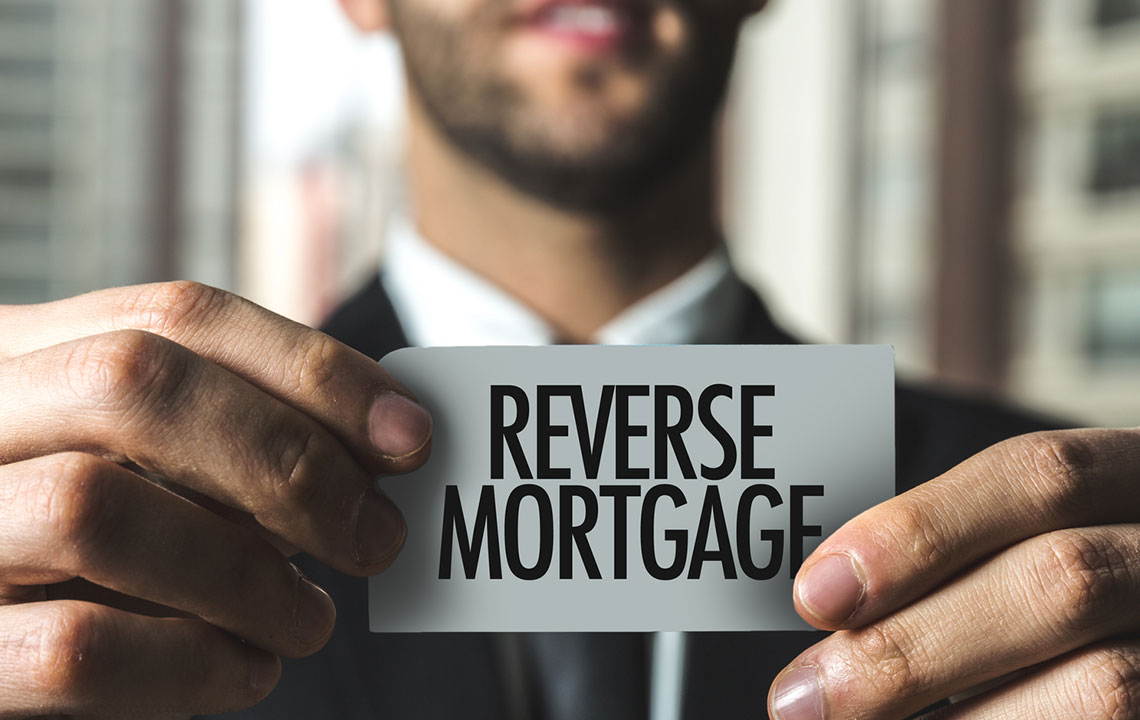
3 things you must know about reverse mortgage
Reverse mortgages are used by homeowners to refinance an existing “forward” mortgage. These type of mortgages are usually taken by homeowners above the age of 62 years. With a reverse mortgage, they can borrow against the equity of their house. They have access to additional funds without taking a monthly mortgage plan. They don’t have to sell their house or give up the title of their home. Reverse mortgages can be useful financial tools for retired individuals who have restricted income and huge expenses.
Here are a few things to know about reverse mortgages
How to apply for a reverse mortgage?
Before applying for a reverse mortgage, a counselor has to be consulted. A list of approved counselors is available with the U.S. Department of Housing and Urban Development (HUD). This list can be found on the official website of HUD. During a consultancy meeting, counselors will discuss whether the borrower is eligible for the mortgage. The counselors will also discuss how the reverse mortgage will impact the borrower’s finances in the future. They will also provide information about other financing alternatives that will not have a negative impact on the borrower’s finances. Once this is done, an eligible borrower can go ahead and apply for a reverse mortgage through the HUD.
What are the eligibility criteria for a reverse mortgage?
The minimum eligibility criteria for a reverse mortgage is that the borrower’s age should be at least 62 years. Also, the house that is going for a reverse mortgage must be the principal residence of the borrower. The house should be properly maintained and in good condition. In case of damage, repairs must be done before applying for a mortgage. Additionally, the borrower should have complete ownership of the house, or the forward mortgage balance should be low enough for the borrower to pay it off with the reverse mortgage. Another important eligibility criterion is that the borrower should have sufficient finances to pay the outstanding property costs including costs of repairs, insurance, and taxes.
How much can one borrow with a reverse mortgage?
There are three primary factors that determine how much a borrower can get—age of the borrower, the present value of the house, and present mortgage rates. The amount of reverse mortgage will be more if the borrower is older, the mortgage rates are lower, and the value of the house is greater. Additional costs like origination fee and mortgage insurance premium are also included.
- Previous Post
- Next Post